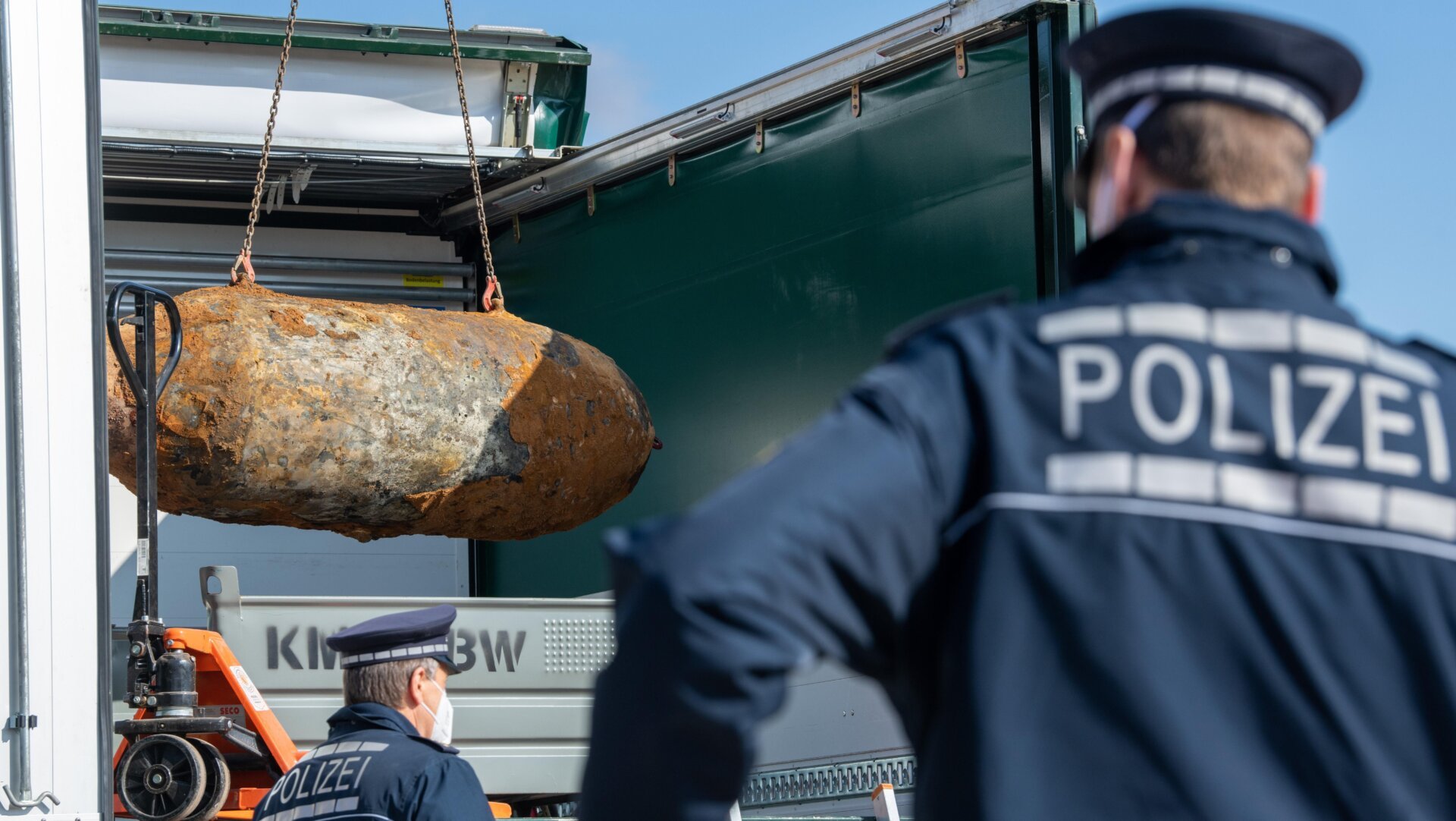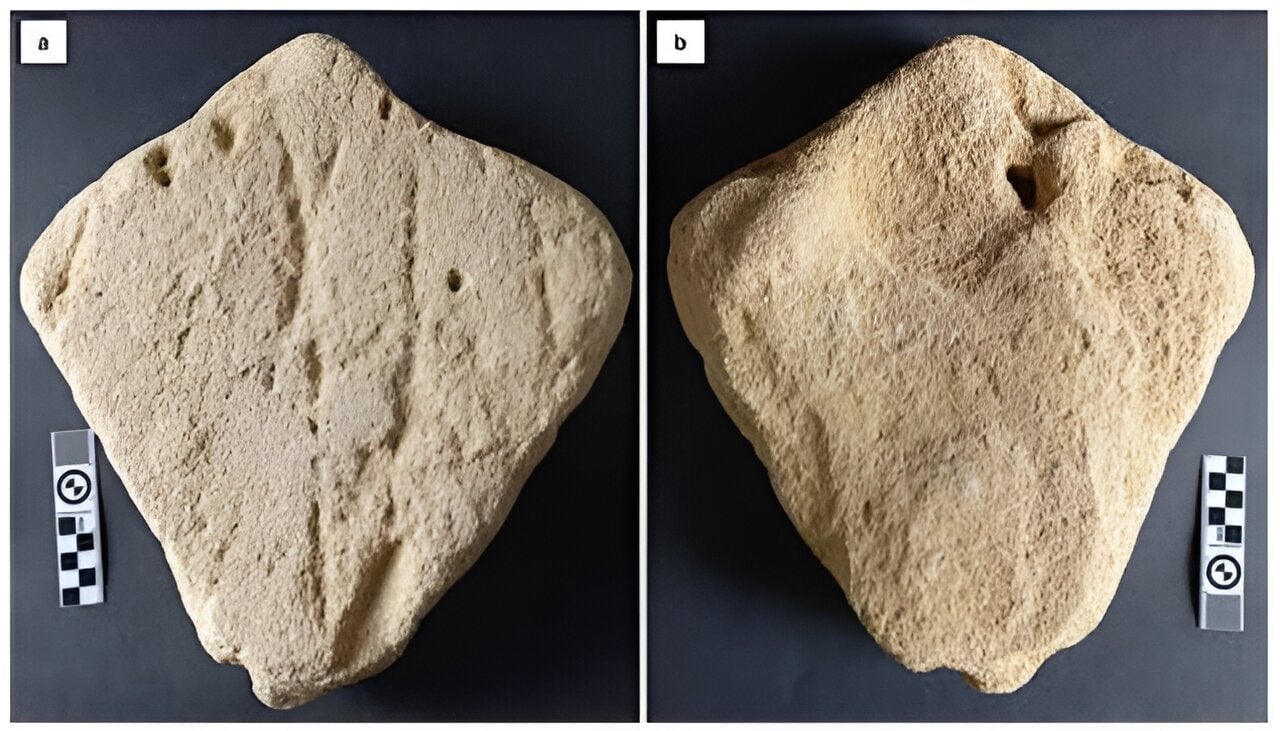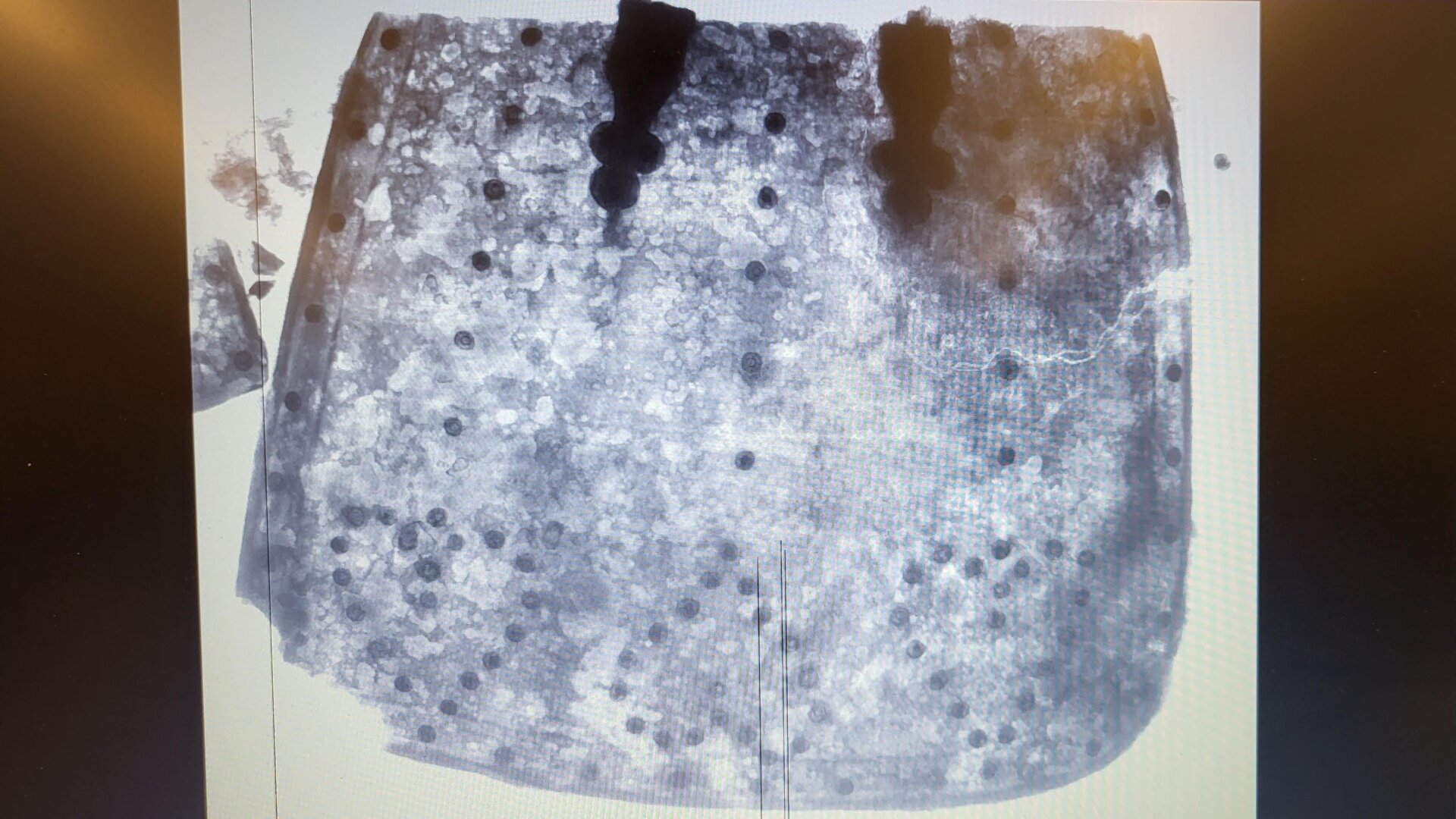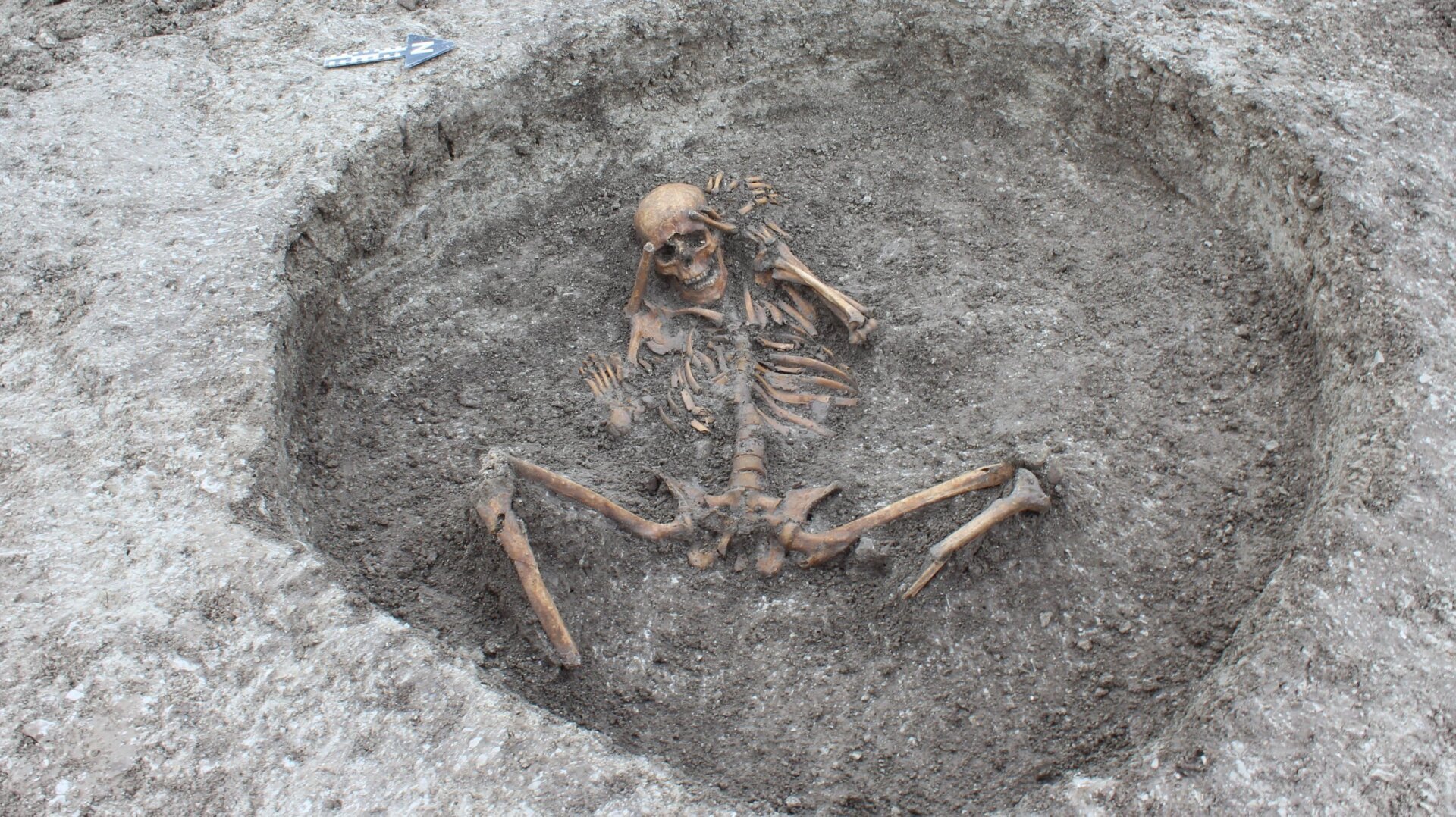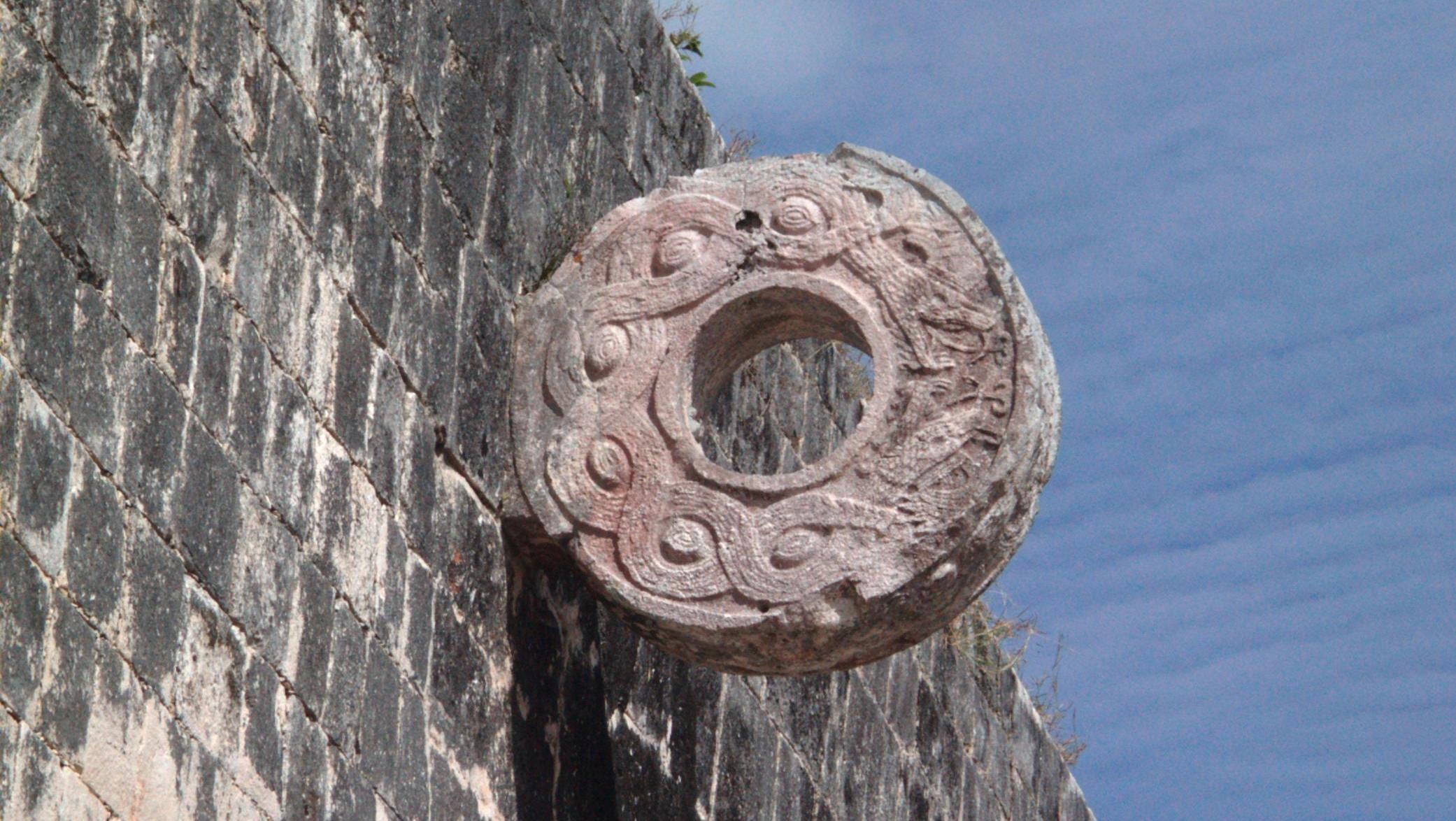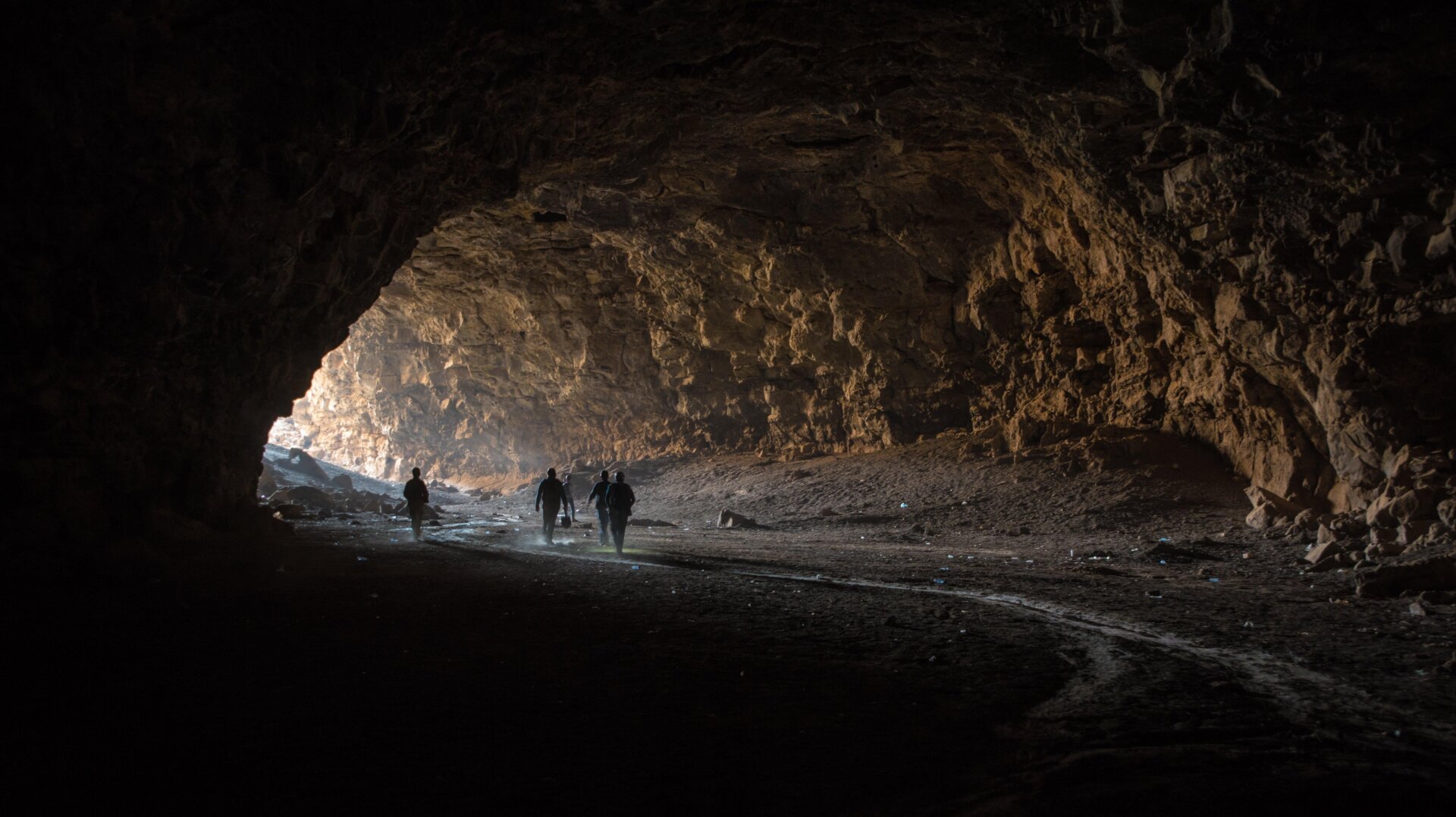A recent study published in Royal Society Open Science reveals a concerning trend: unexploded ordnance (UXO) from World War I and II is becoming more likely to detonate as it ages. This poses significant environmental and safety risks, as the deteriorating explosives release hazardous materials and become increasingly sensitive to external stimuli.
The research focused on Amatol, a mixture of TNT and ammonium nitrate commonly used in explosives during both World Wars. Researchers analyzed Amatol samples extracted from live German ordnance discovered in Norway during explosive ordnance disposal operations. This ordnance, all produced before May 1945, provided a unique opportunity to study the long-term effects of aging on explosive materials.
To assess the sensitivity of the explosives, the team employed a fallhammer apparatus, which drops weights onto the substance to determine the force required for detonation. The results were alarming. The aged ordnance displayed a significantly higher sensitivity to detonation compared to its expected sensitivity when initially manufactured. In one particular case, an explosive mixture designated as “substance B” was found to be four times more sensitive than anticipated.
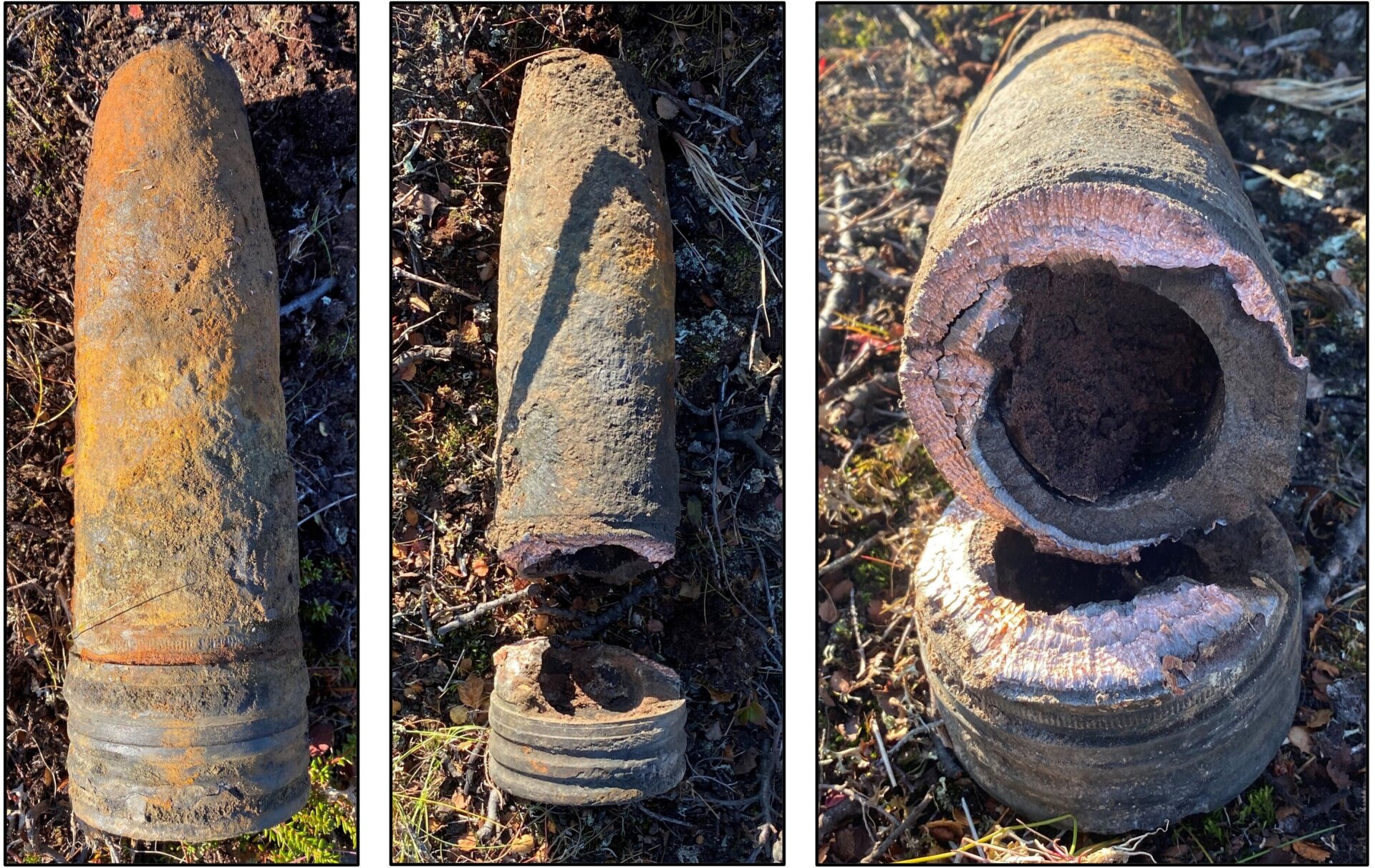 German 88-mm HE projectiles containing Amatol and studied by the recent team.88-mm German high-explosive projectiles containing Amatol, analyzed in the recent study. Photo: Novik et al., Royal Society Open Science 2024
German 88-mm HE projectiles containing Amatol and studied by the recent team.88-mm German high-explosive projectiles containing Amatol, analyzed in the recent study. Photo: Novik et al., Royal Society Open Science 2024
While the precise cause of this increased sensitivity remains unclear, several factors are suspected. These include the formation of sensitizing salts within the mixture, contamination from metals in the surrounding soil, and the gradual degradation of the bomb’s structural integrity over decades of exposure to the elements.
This escalating sensitivity of buried UXO presents a widespread challenge across Europe and other regions affected by past conflicts. Germany recovers over 2,000 tons of munitions annually, while the UK and Italy deal with thousands of explosive devices each year. Belgium faces an ongoing struggle with excavating UXO remnants from World War I. The global total of forgotten explosive ordnance is estimated to be in the millions of tons.
Beyond the immediate danger of accidental detonation, decaying ordnance also leaches toxic compounds into the environment, creating a complex ecological problem. This underscores the urgency of removing these historical explosives, while exercising extreme caution due to their heightened sensitivity.
The study’s findings emphasize the need for increased awareness and vigilance when dealing with aging UXO. The researchers strongly advocate for careful removal of these hazardous materials to mitigate both safety and environmental risks.



